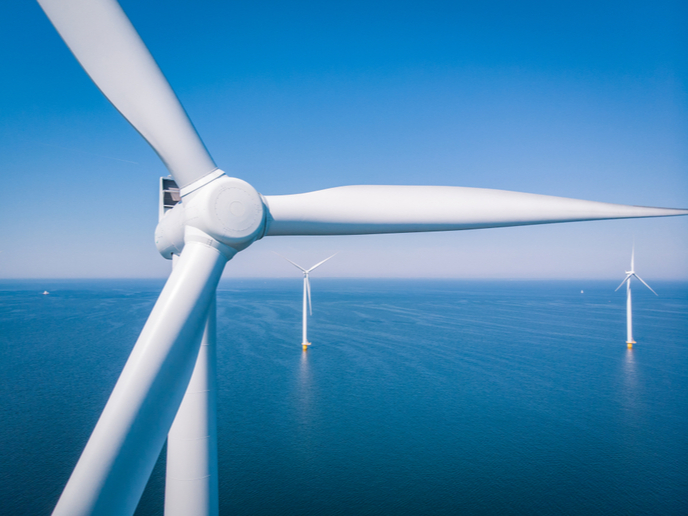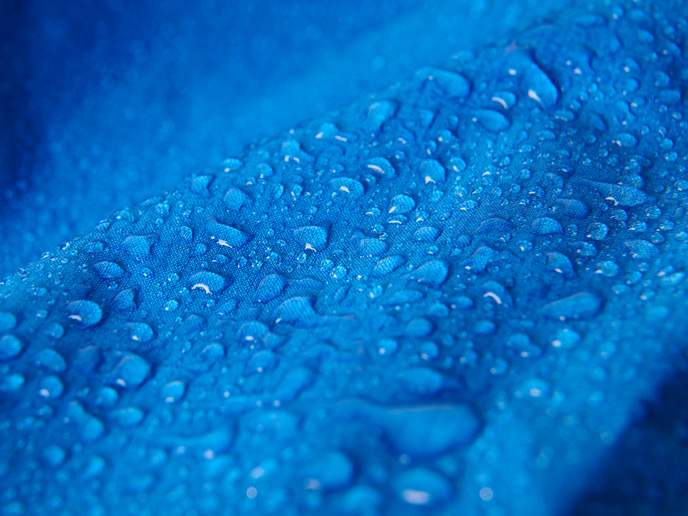Mining quarries with less environmental impact
The ‘Novel drilling system for cost effective extraction of the 30 million tons of ornamental stone blocks in Europe with lower environmental impact’ (Stream) project was initiated to develop an innovative water-powered DTH hammer of small dimension for use in mines and quarries. Specifically, the researchers sought to develop a diamond-like carbon (DLC) coating, both cost-efficient and wear- and water-resistant when produced via an innovative plasma enhanced (assisted) chemical vapour deposition (PECVD) technique. In initial pilot studies, the researchers demonstrated that the DLC coating adhered quite well to the drill percussion piston/cylinder sliding surfaces. In addition, they found that the coating was resistant to corrosion and wear and it decreased friction among machine parts. Decreased friction means a lot of important things for moving machinery – for a percussive drill, the drill can move up and down more quickly and thus finish its job sooner and there is less wear on the machine. The two together mean cost-savings related to time, repair and energy usage. although not in the original grant proposal, the researchers then up-scaled the production to an industrial-sized DLC plant given the success of the lab model. They optimised the PECVD process and designed and fabricated two DTH hammer drilling demonstrators with different diameters for field tests. the tests employing various stones, drilling angles and site conditions demonstrated the success of the process and product. The low friction coefficient prolonged the working life of the drill equipment and also reduced energy consumption. In addition, overall performance was often superior to that of conventional drills and drilling methods. in summary, the Stream project contributed new knowledge and technology to the mining field. In addition, the technologies developed are particularly pertinent to civil engineering applications such as tunnel drilling, an important market given mountainous European terrain through which new roads must pass. Finally, the project contributed to sustainable development by creating a low-friction drilling process with decreased energy consumption.







